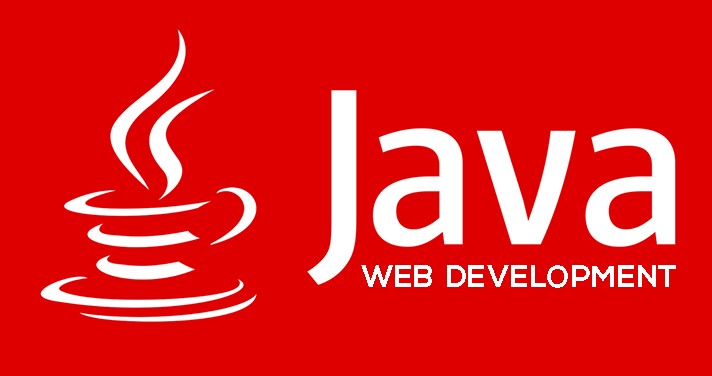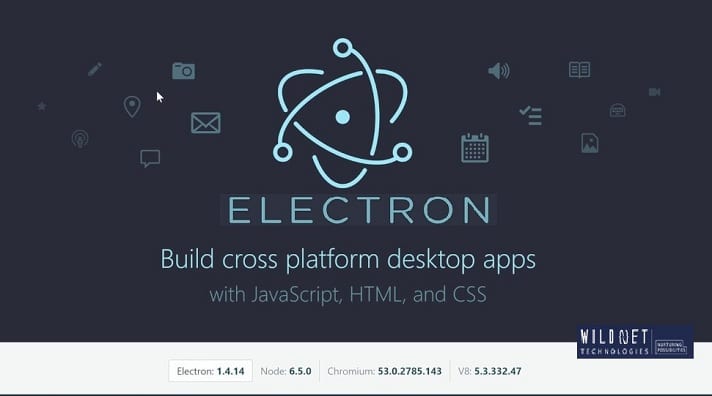Blazor WebAssembly is a new type of code that can run in modern web browsers, it is an improvement to Javascript.
To understand the criticality of Frontend development, you just have to imagine a world without it. Without Front-end development innovations of the last 10-15 years, we would still be reading clunky, code-like webpages. Our entire digital lives would look vastly different without the user-friendly sites that have become the norm now.
In fact, it’s entirely possible that without front-end development, translating the complexity of code into a user-friendly, visually appealing manner, the Internet wouldn’t have seen so many people flocking to it.
HTML, CSS, and JavaScript were invented between 1990 to 1995. Fast-forwarding to the current times, the front-end ecosystem has evolved into a stable and standardized industry that is becoming more developer-friendly by the year. In this article, we talk about the newest kid on the block –Blazor WebAssembly, the much-heralded replacement slated to dethrone JavaScript. Blazor brings together the very best of Microsoft’s front-end ecosystem – .Net and WebAssembly.
(A small note on the two –
.Net – an open-source and free developer platform, created by Microsoft, for building different types of applications. .NET allows developers to use multiple languages, editors, and libraries to build front-end solutions for the web, mobile, desktop, games, and IoT. It is super-fast, has a rich ecosystem of languages, tools, and libraries, is platform-agnostic, and has massive community support.
Learn More about .Net Technologies
WebAssembly(Wasm) is a new encoding method; a binary format language. It is fast and is written in a compiled language such as C / C ++ and then run on the Web, coexisting with JavaScript. Its speed facilitates high-performance apps; it works across browsers and devices, is more comfortable to work with and 100% secure).
Hire WebAssembly Developers
What makes Blazor WebAssembly 3.2.0 so Perfect?
Blazor is a WebAssembly based framework that uses .NET, C#, and HTML, instead of JavaScript. Open-source and cross-platform, Blazor is a web UI framework used to build single-page applications. Blazor runs client-side C# code directly in the browser using WebAssembly. As.NET running on WebAssembly, Blazor has access to existing .Net libraries and can share code from front-end applications. Blazor draws its strength from the productivity of C#, strong runtime typing, and the stable, established .NET ecosystem.
Blazor is Feature-rich Massively inclusive, BlazorWebAssembly comes with a vast variety of features –
- Easily reusable code
- Existing .NET Standard Libraries on the client and server
- It allows developers to build progressive web apps
- Supports authentication
- Provides full-stack debugging
- Offers grade-A tooling with Visual Studio – to name just a few.
Get Expert UI/ UX Designers at cost-effective rates
Blazor’s partner ecosystem also offers great ready-made UI components –
Component designers such as Telerik, DevExpress, Radzen, Infragistics, GrapeCity,
jQWidgets and others provide an extensive library of reusable UI components to back the Blazor user community.
Built on open-source standards
Maintained by Microsoft, Blazor is the perfect example of community growth backed by corporate money. As part of the open-source .NET platform with over 60,000 contributors, Blazor uses open web standards and works in all modern web browsers, including mobile browsers. Blazor has no fees or licensing costs, including for commercial use.
Growth fuelled by community
To bring scale to software or item, one needs to have the support of the community. Blazor, despite its newness, has deep partner networks and an active global community that is continually adding to it and making its uptake easier for newbies.
Java script Vs WebAssembly
For decades now, we’ve had only one programming language available to use natively in a web browser: JavaScript. The slow death of third-party binary plug-ins has ruled out other languages, such as Java and Flash’s ActionScript, as first-class citizens for web development. Other web languages, like CoffeeScript, are merely compiled to JavaScript.
But now we have a new possibility: WebAssembly, or WASM for short. WebAssembly, a small, fast binary format that promises near-native performance for web applications is designed to become a compilation target for any language, JavaScript being just one of them. WebAssembly is now being supported by every leading browser, which forces us to start thinking about writing client-side web applications that can be compiled as WebAssembly.
It is noteworthy that as of today WebAssembly apps aren’t meant to replace JavaScript apps —at least, not yet. Instead, think of WebAssembly as a partner to JavaScript. Where JavaScript is flexible, dynamically typed, and delivered via human-readable source code, WebAssembly is high-speed, strongly typed, and delivered through a compact binary format.
Developers should now consider WebAssembly for performance-intensive usage scenarios such as games, music streaming, video editing, and CAD applications.
The Bottom Line
The development world is moving towards more straightforward and flexible ways to achieve results. Hence, the tools designed a decade ago will have to make space for a fresher and more innovative front-end approach. With Blazor, Microsoft offers a complete development ecosystem where a singular framework that can run anywhere.
At Wildnet Technologies, we have seen and experienced this shift in the developer landscape first hand. In fact, we have been a part of this transformation ourselves. So, if you are looking for a crisp and creative approach to app development, then our experienced team with its .NET and WebAssembley capabilities will be able to guide you to your goal.
Find out more over a call, Book a call with an expert






